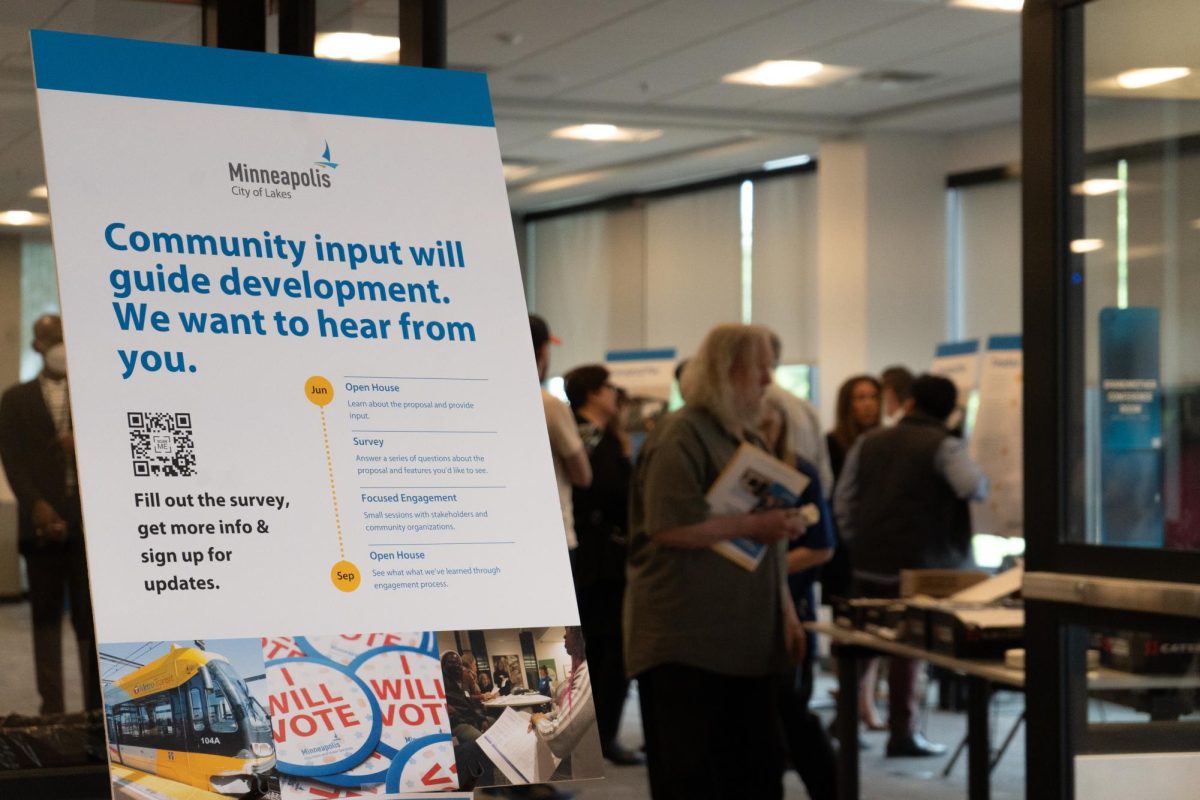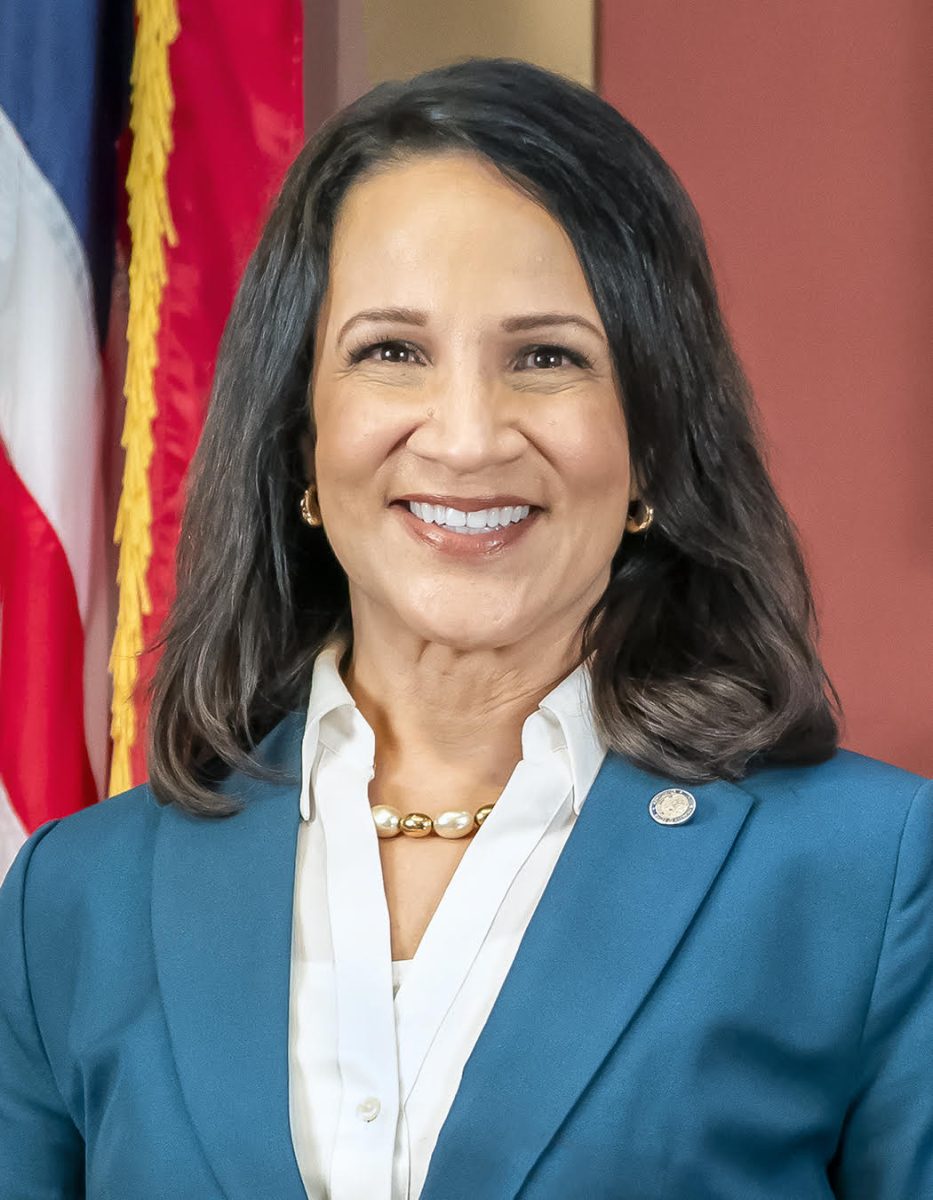Minneapolis proposed turning the old burned-down Third Precinct police building into a democracy center and community space with the help of input from local residents.
Plans for the renovated Third Precinct building, renamed Minnehaha 3000 and set to open in 2026, include an early voting center, offices for election staff and a large community space.
The Third Precinct building was destroyed in June 2020 during protests following the murder of George Floyd. Since then, police in the Third Precinct have been operating out of a building in downtown Minneapolis.
An open house held at the Minneapolis American Indian Center on Monday night presented the concept plans and project timeline to the public.
Alexander Kado, the senior project manager of Minnehaha 3000, said community outreach revealed that people did not want it to be a police station again.
“Last April we asked, ‘Should police be in the building or not?’” Kado said. “We got a lot of feedback.”
The city is continuing to ask for feedback regarding the project, Kado said. Currently, the city is running a survey to figure out how to best utilize the community space.
At the open house, the city asked people to vote on what options they should explore for the space by placing a round sticker next to their preferred options. The choices included a museum, a community gathering space and a cultural center.
Similarly, another board asked people to choose what features should be included outside of the building, such as benches, public art and drinking fountains.
The city plans on conducting focus groups this summer and hosting another open house in September to hear more from the community, according to Kado.
The Minneapolis Office of Community Safety also had a booth with details about the location of the new Third Police precinct, just a few blocks away from the old one.
According to Amanda Harrington, director of community safety design and implementation, the new precinct building is 78,000 square feet and will include social services like housing and employment services. It is expected to open in spring or summer 2025.
“It’s one big building, not just a police station,” Harrington said.
The Department for Racial Equity, Inclusion and Belonging and the city attorney’s office also had booths with requests for community input about their plans to address racial equity going forward.
The Racial Equity, Inclusion and Belonging booth featured posters showing their repair harm model. This model explained the different stages of a city after a situation like the killing of George Floyd, all the way from surface-level understanding to sufficiently changing the system to prevent future occurrences.
Michele Jackson, from the Department of Racial Equity, Inclusion and Belonging, said they are asking people to read through the model and decide where they think the city is at in terms of repairing the harm done after the murder of George Floyd.
“We need to recognize the harm done in the city and move forward in a way that impacts the community in a positive way,” Jackson said.








